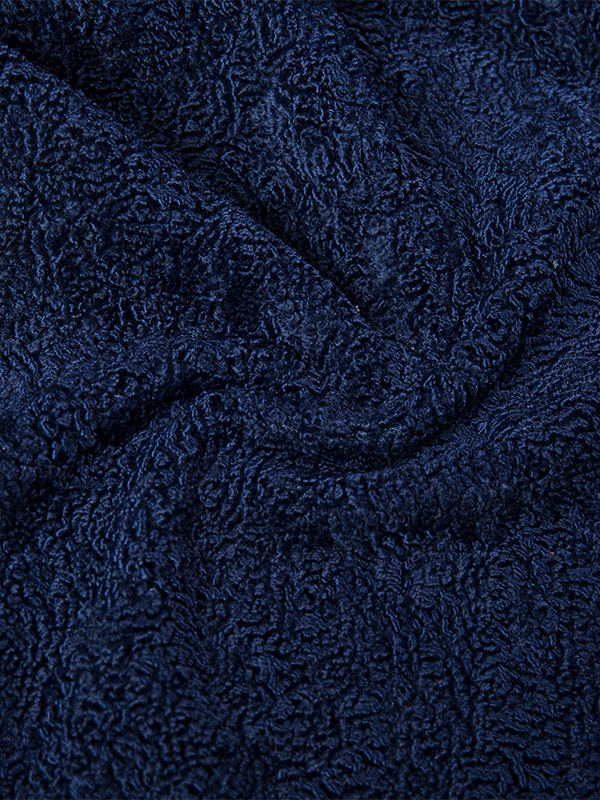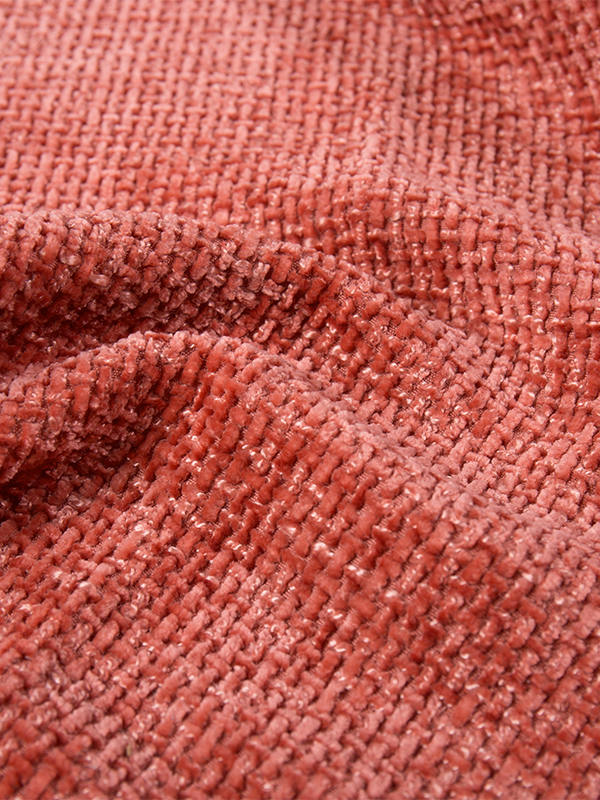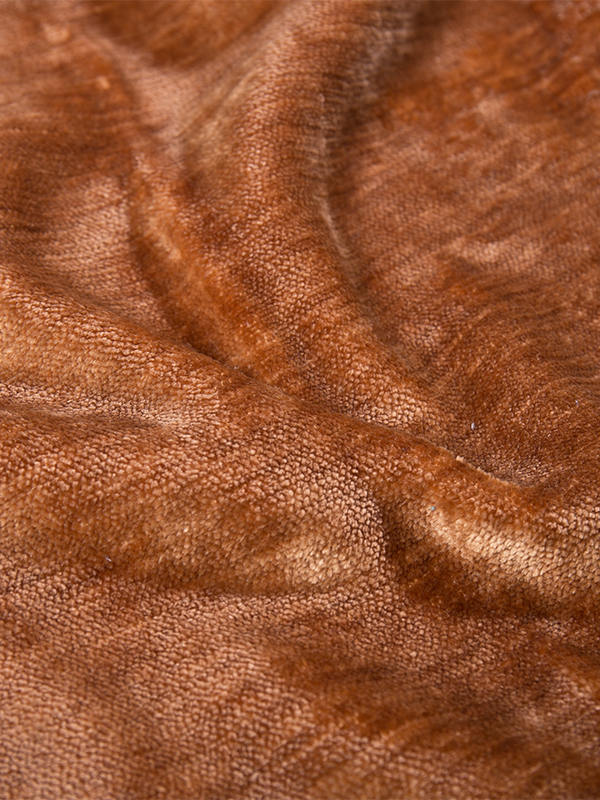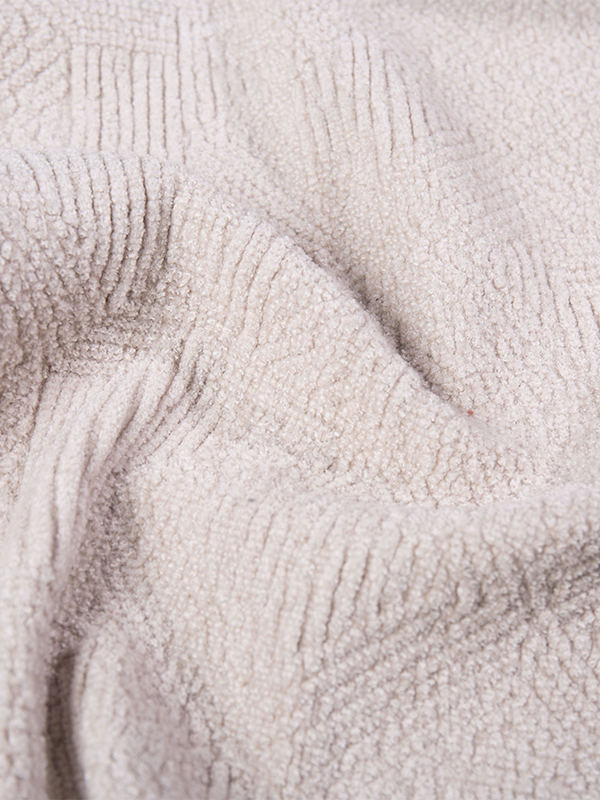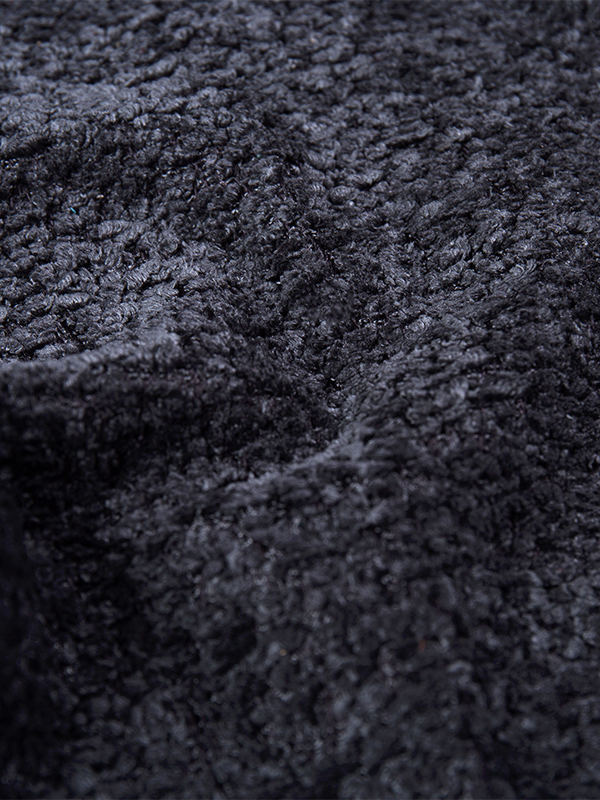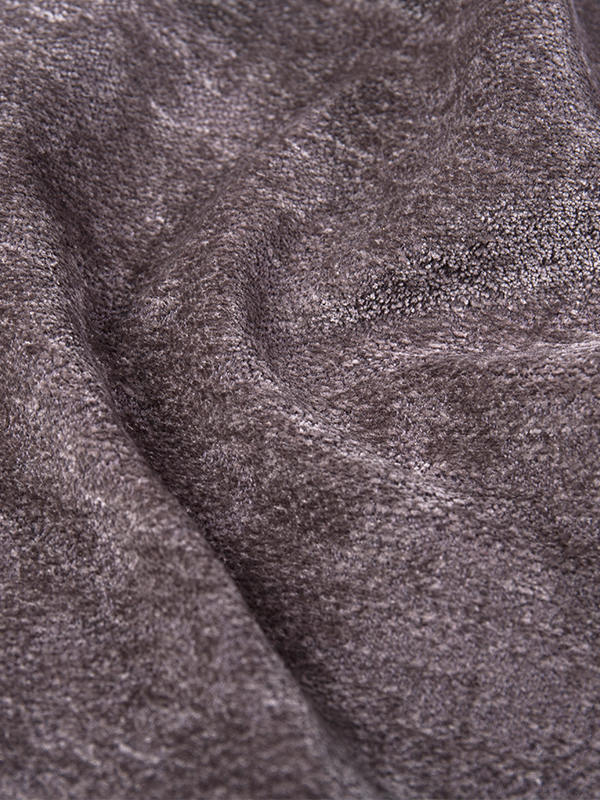Striped velour upholstery fabric combines tactile softness with a visual rhythm that appeals to both comfort seekers and style-conscious users. From a wearer's perspective—whether sitting on a sofa or leaning back on a chair—the noticeable quality is the fabric's plush surface. The velour pile creates a smooth, cushion-like feel that conforms gently to the body, making extended sitting more comfortable.
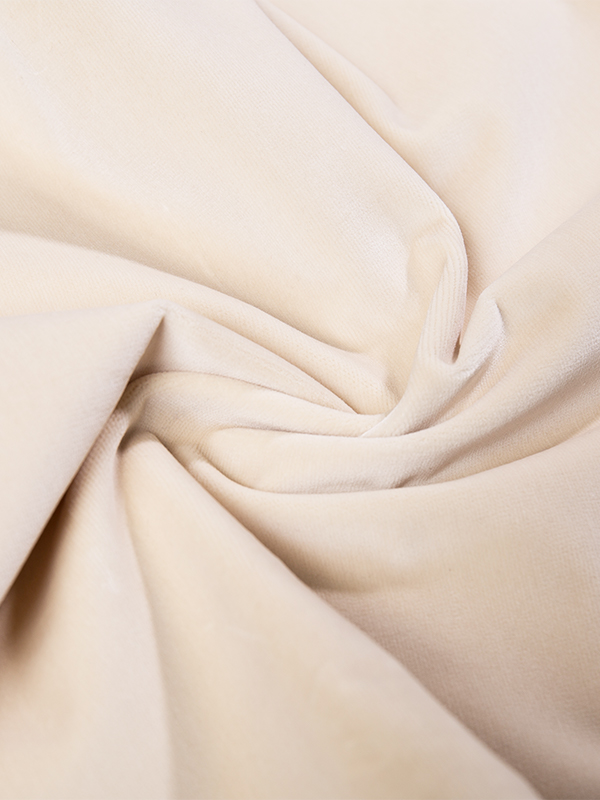
The breathability of striped velour upholstery fabric is often a pleasant surprise. While velour is associated with warmth due to its dense texture, modern manufacturing techniques and fiber blends can allow for improved air circulation. This means it can remain comfortable across different seasons. In cooler months, the pile retains warmth without feeling stuffy, and in warmer weather, the fabric's structure can prevent overheating when used indoors.
Visually, the striped design adds dimension to the seating experience. The alternating raised and recessed lines subtly guide the eye and can enhance the perception of a sofa or chair's shape. From a user's point of view, this not only enriches the aesthetic but can also create a sense of tailored precision in the furniture.
Maintenance also affects the comfort experience over time. Striped velour upholstery fabric can keep its smoothness and appearance with regular care, such as light vacuuming and occasional brushing to lift the pile. This ongoing upkeep helps preserve the softness that users appreciate more.
Striped velour upholstery fabric delivers a combination of comfort, breathability, and visual appeal that suits a range of home settings. From casual living rooms to more formal seating areas, its balance of texture and design continues to make it a preferred choice for those who value both physical ease and understated style.
Plain velvet upholstery fabric has a history that stretches back centuries, tracing its origins to early weaving traditions in Asia and the Middle East. Velvet production is believed to have begun in the Far East before making its way to the Mediterranean, where Italian cities such as Venice became renowned centers for fine velvet weaving during the Renaissance. At the time, velvet was a luxury material, often reserved for royalty and wealthy patrons due to its labor-intensive production and high cost.
The defining feature of plain velvet upholstery fabric is its pile—a dense layer of cut or uncut fibers that create its distinctive texture. In earlier centuries, this pile was achieved through complex weaving techniques on specialized looms, requiring skilled artisans. Natural fibers such as silk were commonly used, resulting in a fabric with a natural sheen and smoothness that set it apart from other textiles.
By the 18th and 19th centuries, advances in weaving technology made plain velvet more accessible. Cotton velvet became popular for upholstery in middle-class homes, offering a balance of durability and softness at a more affordable price. This shift helped cement velvet's place in everyday interiors, moving it from a symbol of exclusivity to a material valued for both comfort and beauty.
In the 20th century, synthetic fibers such as polyester were introduced into velvet production. This development improved resistance to wear and allowed for easier maintenance, further expanding its use in upholstery. Today, plain velvet upholstery fabric is available in a wide range of colors and qualities, serving both traditional and contemporary design needs.
The enduring appeal of plain velvet lies in its adaptability. While its historical roots are tied to luxury, its evolution into a versatile, accessible material ensures it remains a fixture in furniture design, bridging centuries of style and craftsmanship.

 English
English 中文简体
中文简体 русский
русский عربى
عربى Español
Español